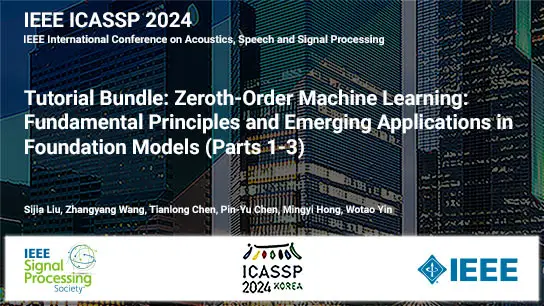-
Members: FreeSPS
IEEE Members: $11.00
Non-members: $15.00Length: 01:16:48
Author Bio/Abstract
Hyperspectral imagery, also called imaging spectroscopy, refers to images with a large number (typically a few hundreds) of narrow and contiguous spectral bands, covering a wide range of the electromagnetic spectrum from the visible to the infrared domain. Hyperspectral data is able to provide a very fine description of the chemical components in the sensed materials and ensure their detection, discrimination and characterization.
The application of hyperspectral imagery is rapidly growing, especially in the context of space and airborne remote sensing, as well as planetary exploration and astrophysics. Additional applications include, monitoring and management of the environment, physical analysis of materials, biomedical imaging, defense and security, food safety, detection of counterfeit objects (especially in pharmacology), and precision agriculture.
Unfortunately, every rose has its thorns and the price to pay for the enhanced spectral diversity is high dimensional data. The challenge is in defining appropriate signal and image processing methods. In this tutorial, we will review some processing and analysis techniques that explicitly handle the high dimensionality of the data, addressing various tasks, including image denoising, image segmentation, hierarchical analysis, target detection, spectral unmixing, and image compression. Results will be presented on images from a variety of contexts.


